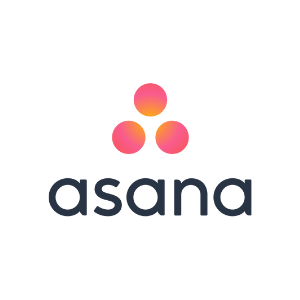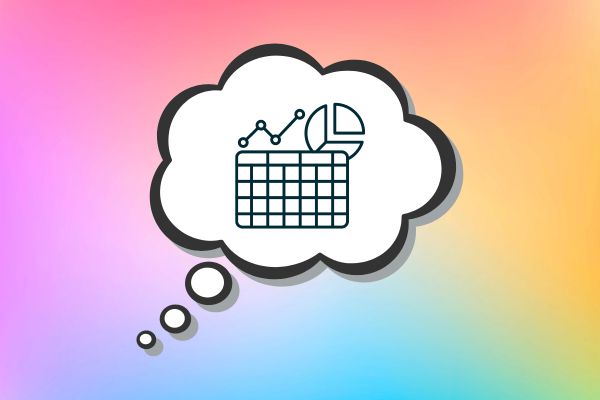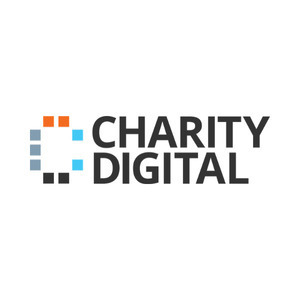Insights
INSIGHTS
All Topics
My Account
Tech Review: Asana
Drawing on our experience using tech as a charity, our Tech Review series features honest reviews by Charity Digital staff about the tech they have used in their day-to-day lives. What does our Marketing Communications Manager think about the project management software Asana?
Asana claims to be the number one tool in product and project management. Users can view their workload in a calendar, list, board, or timeline, and co-ordinate with others to meet shared goals.
Grace Monnery, Charity Digital’s Marketing Communications Manager, was an early adopter of the technology in the organisation, and the whole charity has since integrated the tool into its work in a bid to embrace more agile, collaborative ways of working.
But how does the marketing team actually use Asana? What’s the learning curve like? And are there any drawbacks?
In one word
Asana is a hugely valuable tool for our team as it has provided a visual representation of project progress. This greater visibility of the overall status of projects has allowed us to identify bottlenecks quicker, prioritise tasks accordingly, and ultimately achieve our goals.
Uses
I initially started using Asana to manage my own day-to-day tasks and found that it was a super effective way of staying on track.
After seeing its full capabilities, I began to think this could be a helpful tool for our social media and email marketing plans (two Charity Digital functions that I manage) as you can create project boards that allow you to collaborate with colleagues.
Instead of having several different spreadsheets where we kept track of our social media and email marketing calendars, it made much more sense to have it all in a centralised hub, that was easily accessible, editable, and synced to our individual to-do-lists.
After getting good feedback from my colleagues on the switch, I then suggested we use it for our campaign activities, and it’s snowballed since then.
Features
In Asana, individuals can easily add and assign tasks with set due dates. This clarity in task assignments ensures that everyone knows their responsibilities and deadlines, which promotes accountability and prevents any confusion or duplication of efforts.
One of my favourite features is the ability to easily create subtasks, as it has allowed me to break down complex project actions into manageable chunks and ensures I keep on track to meet my many deadlines without feeling too overwhelmed.
One top tip for this is to utilise Asana’s “task templates” function. This simplifies the process of creating standardised tasks within your project. You can create templates for recurring tasks (including related subtasks) allowing you to quickly add them whenever needed.
Another feature that has been particularly helpful in our campaign management process is the “Task Dependency” function, where you can link tasks together, either as blockers or dependencies. By setting task dependencies, you can easily see which tasks you’re waiting on from others before diving into your own work.
When one task is completed, Asana sends a notification to the person assigned to the next task, letting them know they can get started. It’s a simple and effective way to identify bottlenecks, keep the workflow moving smoothly, and make sure everyone knows what’s going on.
The learning curve
When I first started using Asana, there was a slight learning curve as I familiarized myself with the interface and features. However, the user-friendly design and intuitive layout made it a smooth transition from other task management software I had used previously.
Plus, Asana has a ton of resources to support you along the way, including helpful guides, video tutorials, and a community forum. I’d definitely recommend anyone starting out with Asana should check out the ‘Get started (in 15 mins or less)’ video.
Value for money
Overall, I think Asana offers great value for money.
For smaller organisations, Asana offers a free plan which includes all the basic features like unlimited project boards and tasks.
If you want to make use of the more advance features, Asana can be on the more expensive side. However, eligible charity organisations can get access to a 50% discount on an annual subscription to either Asana Premium or Asana Business for one team via the Charity Digital Exchange. Find out more here.
Pros and cons of Asana
Pros:
- User-friendly system
- Customisation
- Set up templates for regular tasks
- Can integrate with Teams, Outlook, and more
- Can export projects to Excel
- Offers a free “basic” plan or charity discount on premium/business plans
Cons:
- Some advanced features are only available in higher-priced plans (e.g. time tracking)
- Can only assign a task to one user
- 15-user limit on the free “basic” plan
Final score
Overall, I would give Asana a score of 9 out of 10. It is a powerful and versatile project management software that has significantly improved our organisation’s collaboration and productivity. Its user-friendly interface, customisable options, and non-profit discount make it a great choice for organisations of all sizes.
Grace is the Marketing Communications Manager at Charity Digital. She is responsible for the development and delivery of Charity Digital’s communication strategy with a keen focus on social media and email marketing. Grace also helps to develop integrated marketing campaigns to promote Charity Digital’s rich content, product, and event offers.
Josie Sparling
More on this topic
Recommended Products
Recommended Products
Our Events
Charity Digital Academy
Our courses aim, in just three hours, to enhance soft skills and hard skills, boost your knowledge of finance and artificial intelligence, and supercharge your digital capabilities. Check out some of the incredible options by clicking here.

























